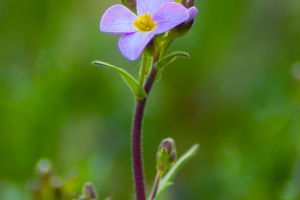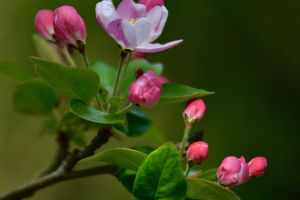Hyacinths, with their vibrant colors and sweet fragrance, bring joy and freshness to any indoor or outdoor space during their blooming season. However, as their blooms fade and petals wilt, many individuals are quick to discard these lovely flowers, thinking their purpose has ended. But hold on! Don't be so hasty to toss them away.
However, as their blooms fade and petals wilt, many individuals are quick to discard these lovely flowers, thinking their purpose has ended. But hold on! Don't be so hasty to toss them away.
There's much more to hyacinths than just their brief display of beauty. In fact, there are several compelling reasons why you should consider keeping your hyacinths long after they finish blooming.
1. Extended Visual Appeal
While the initial burst of color from hyacinth blooms is undoubtedly stunning, the plant itself still has much to offer in terms of visual appeal long after the flowers have faded. Hyacinth foliage remains green and lush even after the blooms are gone, providing an attractive backdrop for other plants in your garden or indoor containers. The strap-like leaves add texture and interest to flower beds complementing a wide variety of other plantings.
2. Naturalization Potential
Hyacinths are perennials, which means they have the potential to return and bloom again in subsequent years if given the right conditions. By allowing the foliage to remain intact and continue growing after flowering, you're providing the plant with the energy it needs to replenish its bulb for the next growing season. Over time, hyacinths can multiply and naturalize, creating beautiful swaths of color in your garden that return year after year without the need for replanting.
3. Bulb Development
After blooming, hyacinth plants enter a phase where they focus on storing energy in their bulbs rather than producing flowers. This period is crucial for the development of healthy, robust bulbs, ensuring vigorous growth and blooming in the following seasons. By leaving the foliage in place until it naturally withers and turns yellow, you're allowing the plant to complete this important process, resulting in stronger bulbs and better overall performance in the future.
4. Environmental Benefits
Keeping hyacinths in your garden beyond their blooming period can have positive environmental impacts as well. The dense foliage helps to suppress weeds, reducing the need for chemical herbicides or frequent manual weeding. Additionally, the roots of hyacinth plants help to stabilize soil, preventing erosion and promoting soil health. Maintaining healthy hyacinth bulbs in your garden contributes to a more sustainable and ecologically balanced outdoor environment.
5. Creative Uses for Foliage
Even after the flowers have faded, the foliage of hyacinth plants can still be put to good use in creative ways. Consider incorporating the greenery into floral arrangements or using it to add texture and volume to bouquets of cut flowers from your garden. The long, sturdy leaves can also be woven into wreaths or used as decorative accents for table settings and other home décor projects. Don't underestimate the beauty and versatility of hyacinth foliage—it's more than just a backdrop for blooms.
Next time you're tempted to discard your hyacinths after they finish blooming, think again. These delightful spring flowers have so much more to offer than just their fleeting display of color. By keeping the foliage intact and allowing the plants to complete their natural growth cycle, you'll not only prolong the visual appeal of your garden but also support the long-term health and vitality of your hyacinths. With proper care and attention, these beloved bulbs can continue to bring joy and beauty to your outdoor spaces for many years to come. Instead of tossing them aside, embrace the full lifecycle of your hyacinths and discover the beauty that lies beyond blooming.


